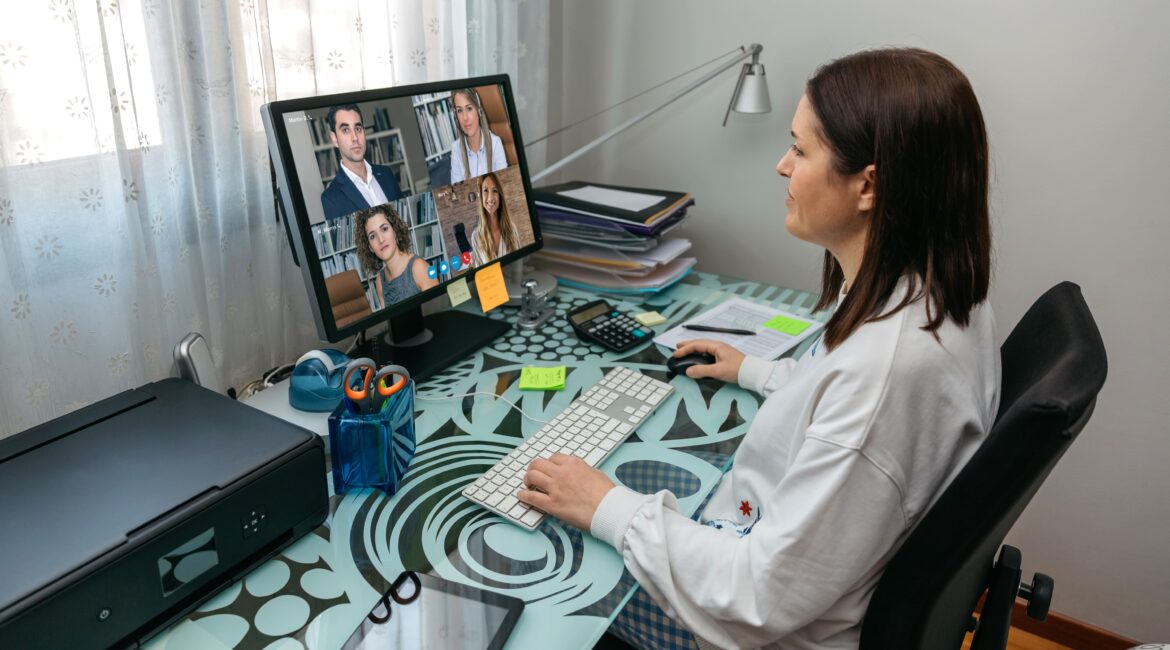Steps to setting up a Hybrid Office Environment
Okay, it’s now decided and now you need to plan implementation! Setting up a hybrid office environment involves several important steps to ensure a smooth transition and successful implementation. Here are some of the key steps:
- Assess Organizational Needs and Readiness: Before implementing a hybrid office model, it’s essential to assess your organization’s needs, goals, and readiness for such a transition. Consider factors such as the nature of your work, employee preferences, technological infrastructure, and company culture.
- Define Policies and Guidelines: Establish clear policies and guidelines that outline expectations for remote work, in-office attendance, communication protocols, performance evaluation, and data security. Ensure that these policies are communicated effectively to all employees and are easily accessible.
- Invest in Technology: Invest in the necessary technology and tools to support remote collaboration, communication, and productivity. This may include video conferencing software, messaging apps, project management tools, cloud-based storage solutions, and cybersecurity measures. Evaluate different options based on your organization’s specific needs and budget.
- Provide Training and Support: Offer training and support to employees to help them adapt to the hybrid work model and utilize the available technology effectively. This may include training sessions, workshops, online resources, and IT support for troubleshooting issues. We believe this one to be especially important as it maximises the chances of employees embracing the new initiative.
- Establish Communication Channels: Establish clear communication channels for remote and in-office employees to stay connected and informed. This may include regular team meetings, one-on-one check-ins, virtual coffee breaks, and shared project management tools. Encourage open communication and collaboration among team members.
- Set Performance Metrics and Goals: Define clear performance metrics and goals for remote and in-office employees to ensure accountability and measure productivity. Focus on outcomes rather than hours worked, and provide regular feedback and coaching to support employee development. At the end of the day, if the employee does not know what’s expected of them, they have no benchmark by which to self-evaluate.
- Create Flexible Workspaces: Redesign office spaces to accommodate a hybrid workforce and promote flexibility. This may involve creating flexible workstations, collaborative areas, quiet zones, and amenities that cater to the needs of employees who come into the office intermittently. Consider implementing a hot-desking model to maximize space utilization.
- Promote Work-Life Balance: Promote work-life balance by encouraging employees to set boundaries between work and personal life, regardless of their work location. Encourage regular breaks, offer flexible work hours, and prioritize employee well-being and mental health.
- Foster a Culture of Trust and Inclusion: Foster a culture of trust, inclusion, and transparency where all employees feel valued and supported, regardless of their work location. Encourage teamwork, collaboration, and knowledge sharing among remote and in-office employees, and recognize and celebrate achievements.
- Evaluate and Adapt: Continuously evaluate the effectiveness of your hybrid office environment and make adjustments as needed based on feedback from employees, performance data, and changing business needs. Stay flexible and agile in responding to challenges and opportunities as they arise.
By following these steps, organizations can successfully set up a hybrid office environment that maximizes productivity, collaboration, and employee satisfaction while adapting to the evolving needs of the workforce.
We do hope you’ve found the foregoing helpful but, we also understand that it can be a minefield! Nemark can help guide you through this if you need additional assistance. Call us on 01302 540280 or if you prefer, via the contact us page on our website.

